Pininfarina is opening a new chapter in its 90-year history by turning to hand-built, craftsman-based production of luxury electric cars at its factory in Turin, Italy.
Its new production line opens this month and the first car off it will be the 217mph Battista battery-electric hypercar. Following the Battista will be a crossover previewed by last year’s Pura Vision concept.
The move is part of a €1 billion (£850 million) investment plan funded by Indian car maker Mahindra, which took control of Pininfarina in 2015. It’s a bold step for the firm so Autocar was keen to take an in-depth look at the production operation that will underpin this new chapter.
Newly created car-making division Automobili Pininfarina (APF) has turned an assembly shop previously used for prototypes and concept cars into a low-volume production hall for the extreme, €2m (£1.7m) Battista at Pininfarina’s Cambiano headquarters in Turin.
“This is a major project for us,” says chief engineer Paolo Dellacha. “We started planning three years ago, building the company, developing the Battista and building the drivable pre-production cars. In a few weeks, we will have the first customer cars ready from our new assembly facility.”
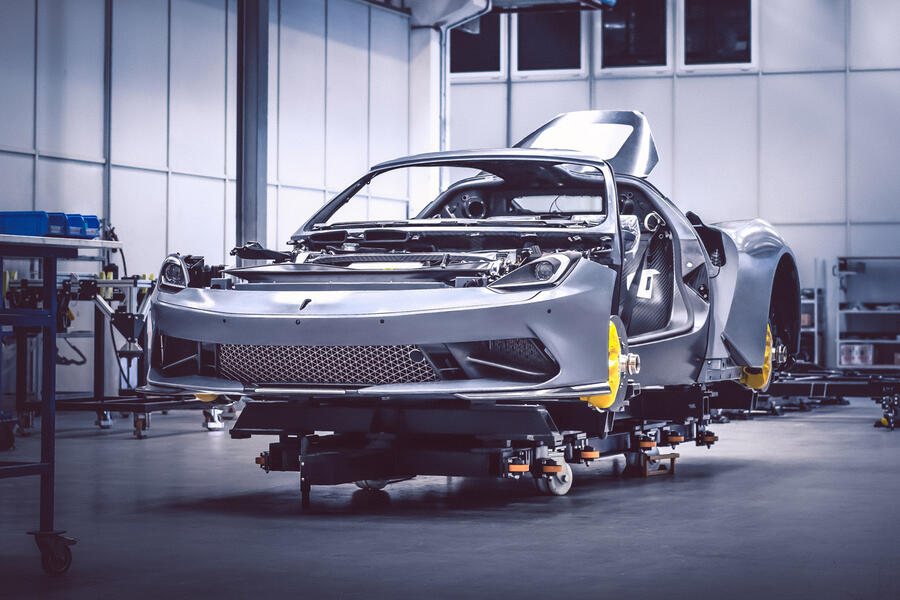
The Battista is based on the tub and running gear of the Rimac Nevera, so APF’s assembly process starts with a rolling chassis, complete electric powertrain/battery and a built-up, unpainted carbonfibre body being transported from Rimac’s Croatia HQ to Italy.
“The first task is to dismount the body and go through a thorough check of the rolling chassis and electrical system from our partner [Rimac],” says Andrea Novello, who runs the body, trim and closures operation and joined the firm from Maserati.

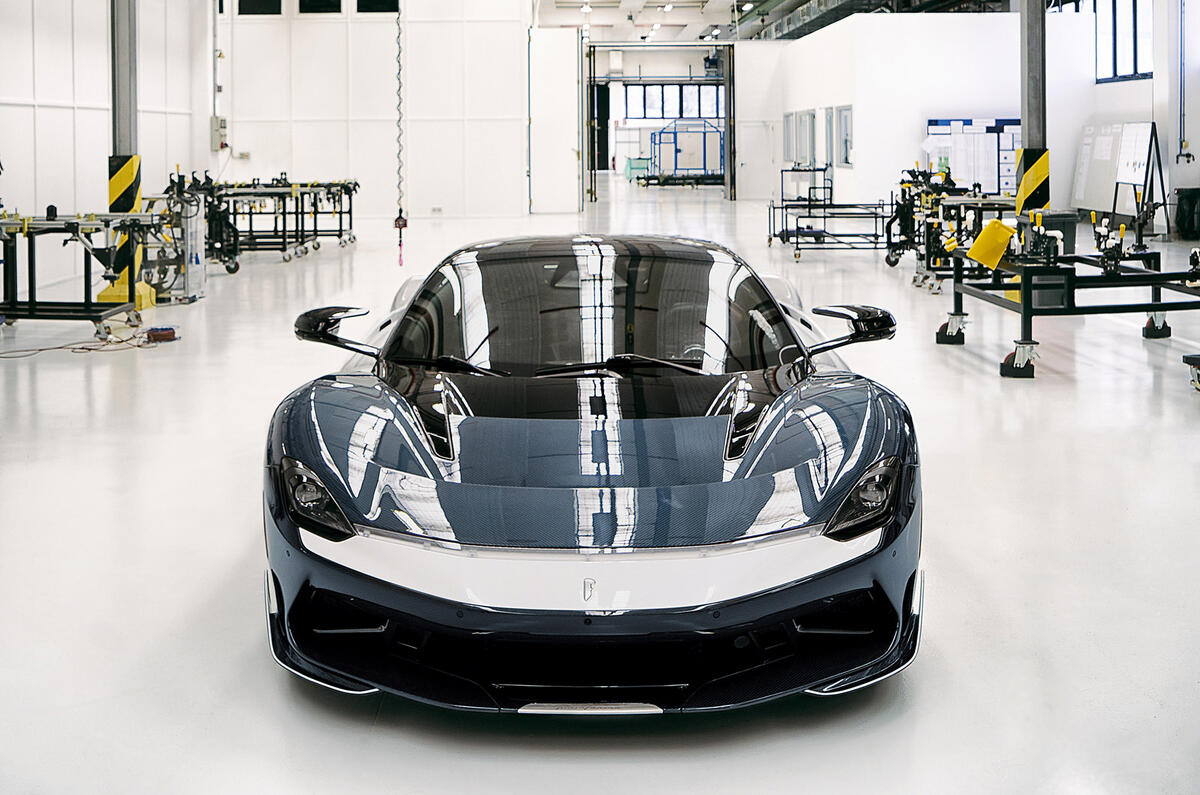
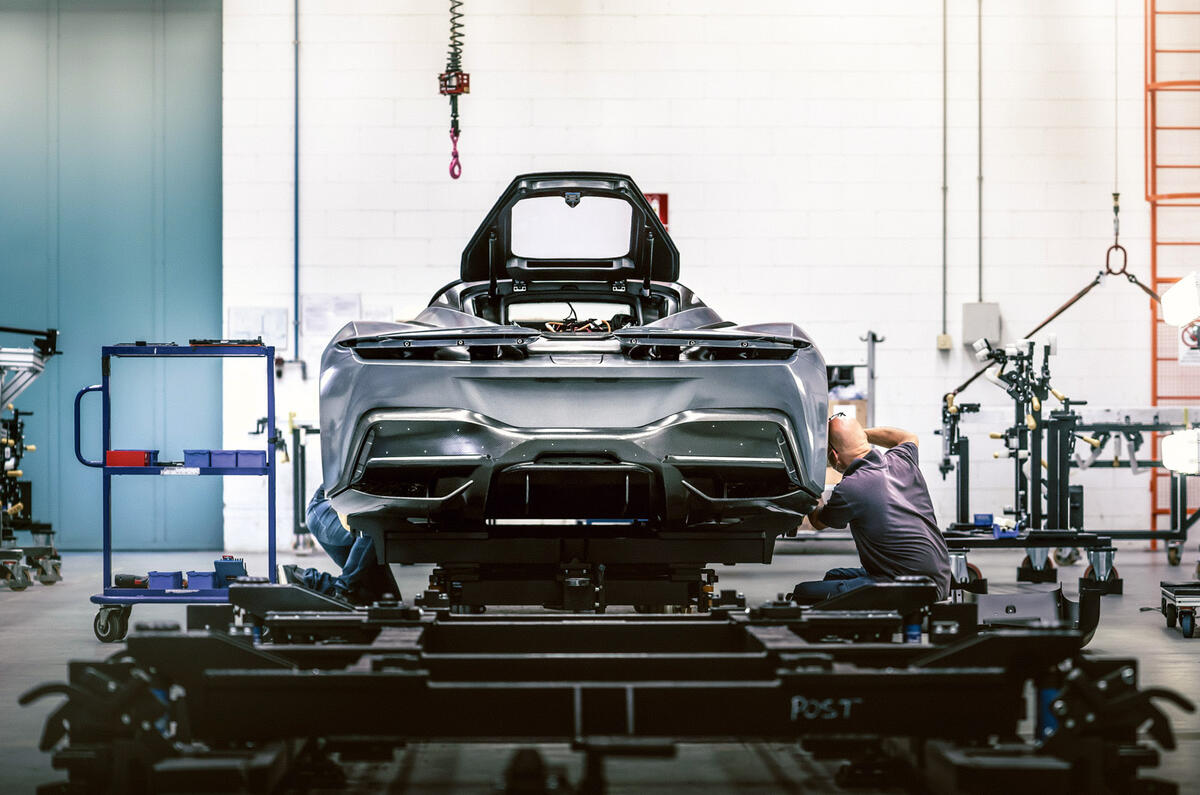
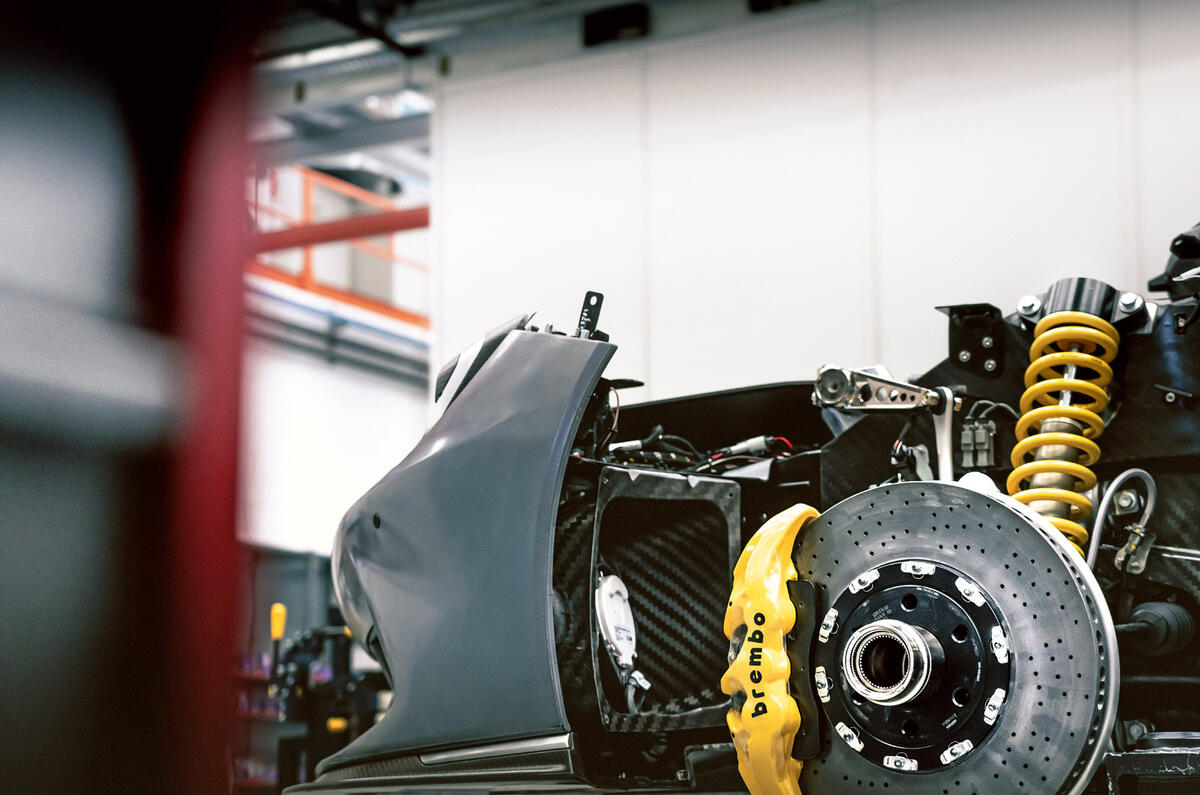
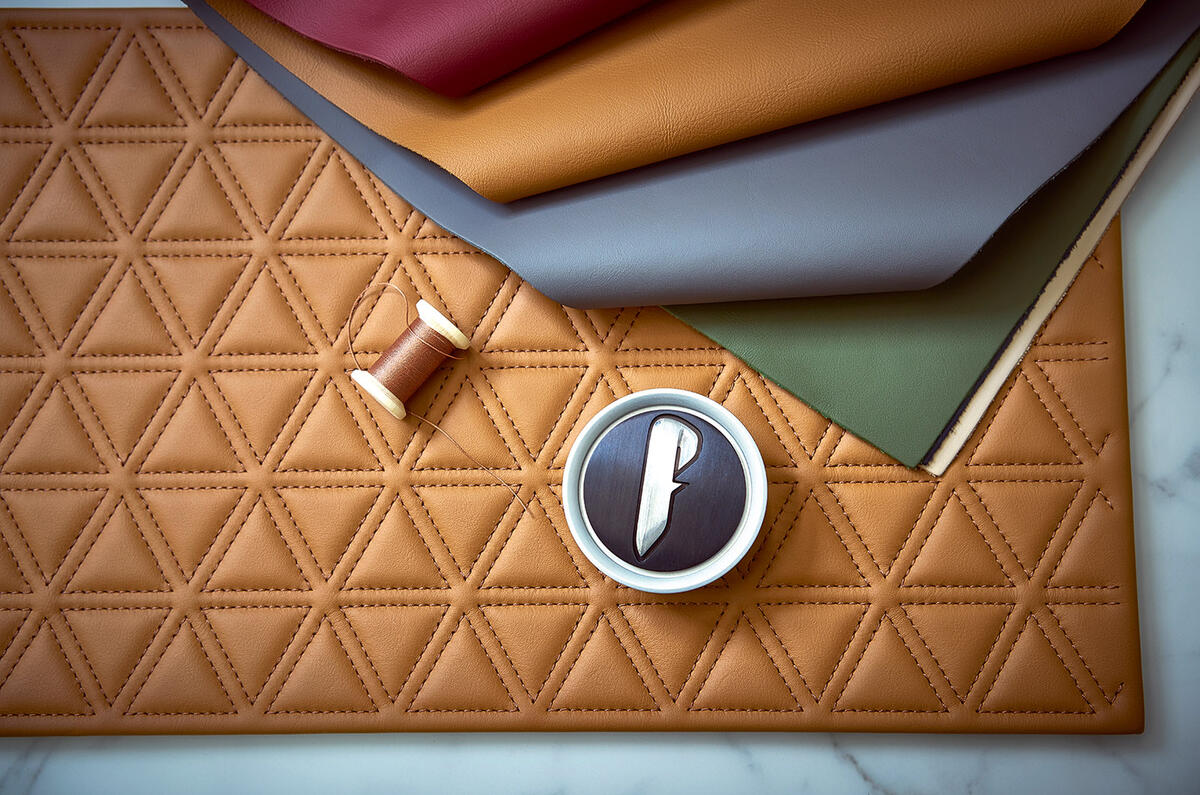
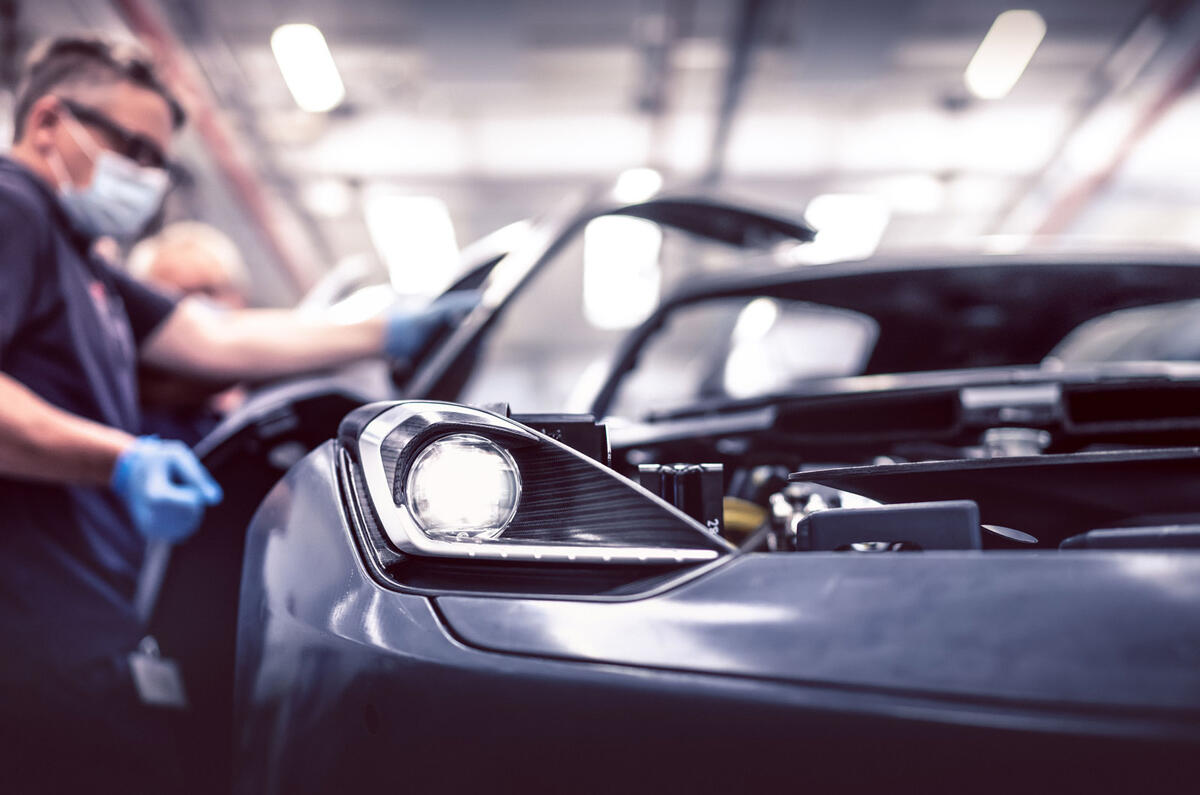
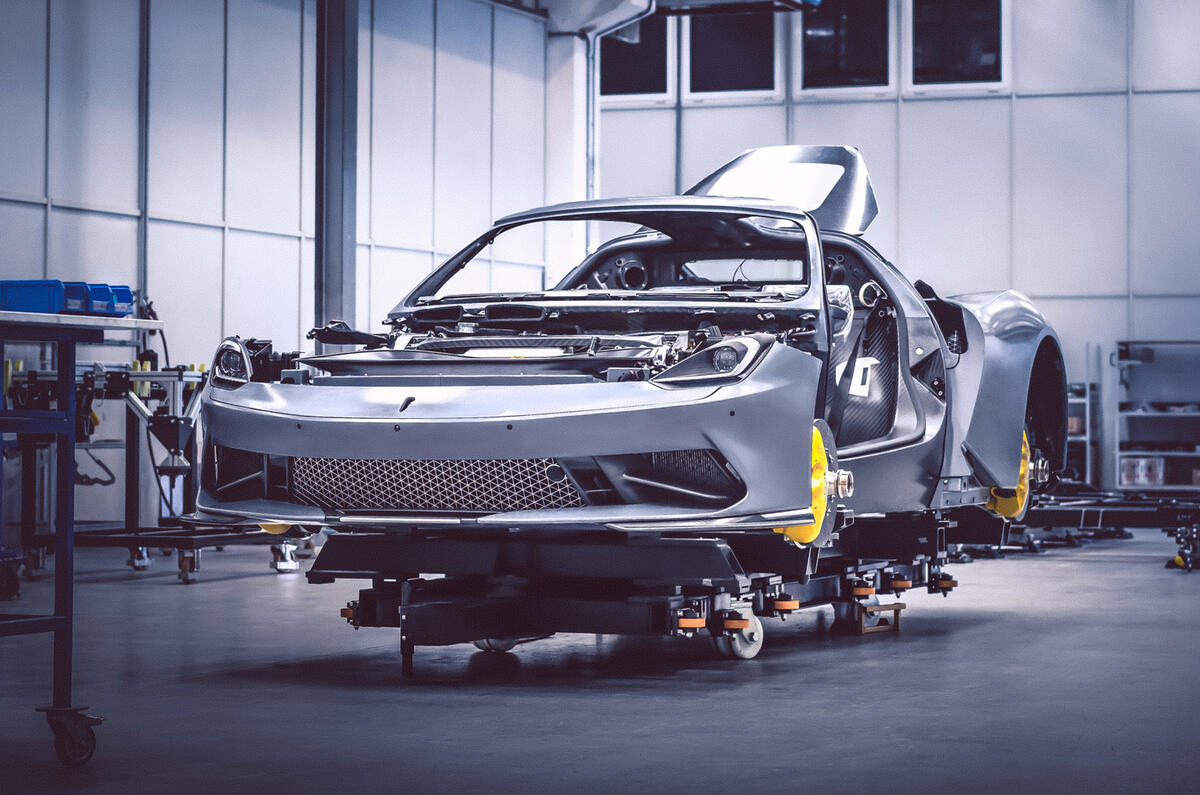
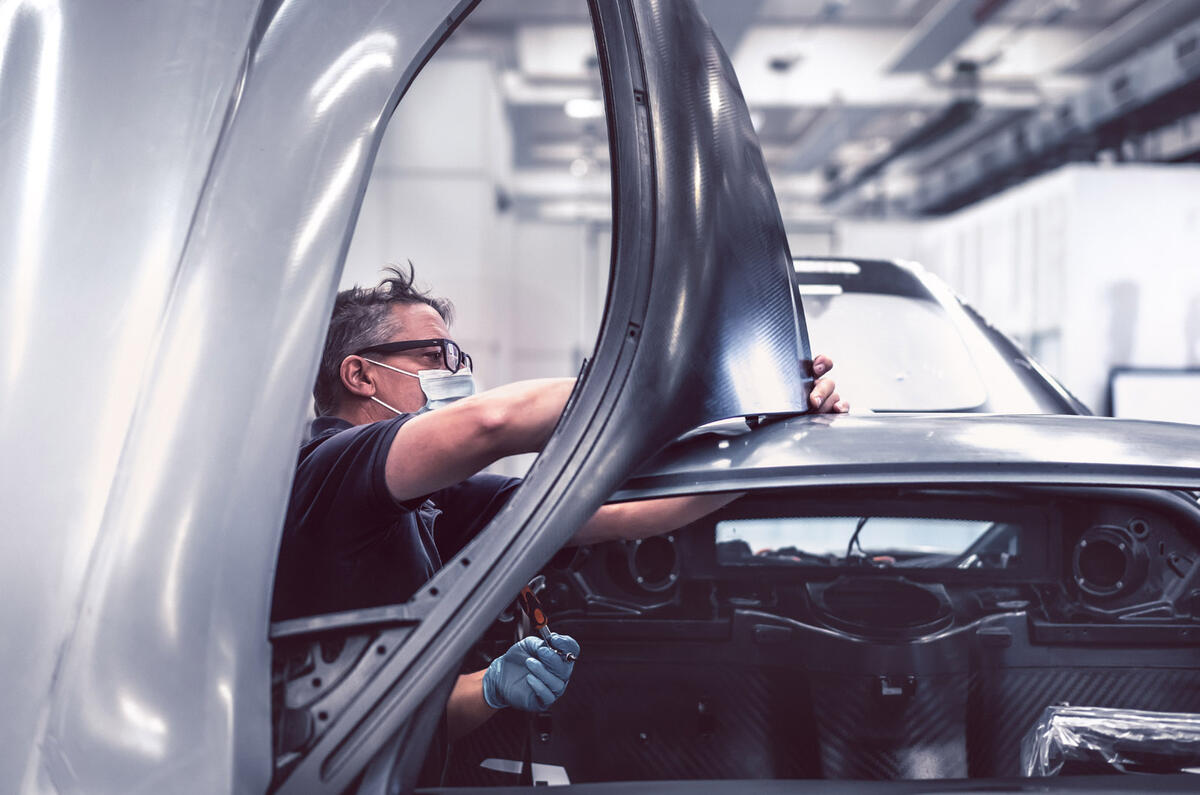
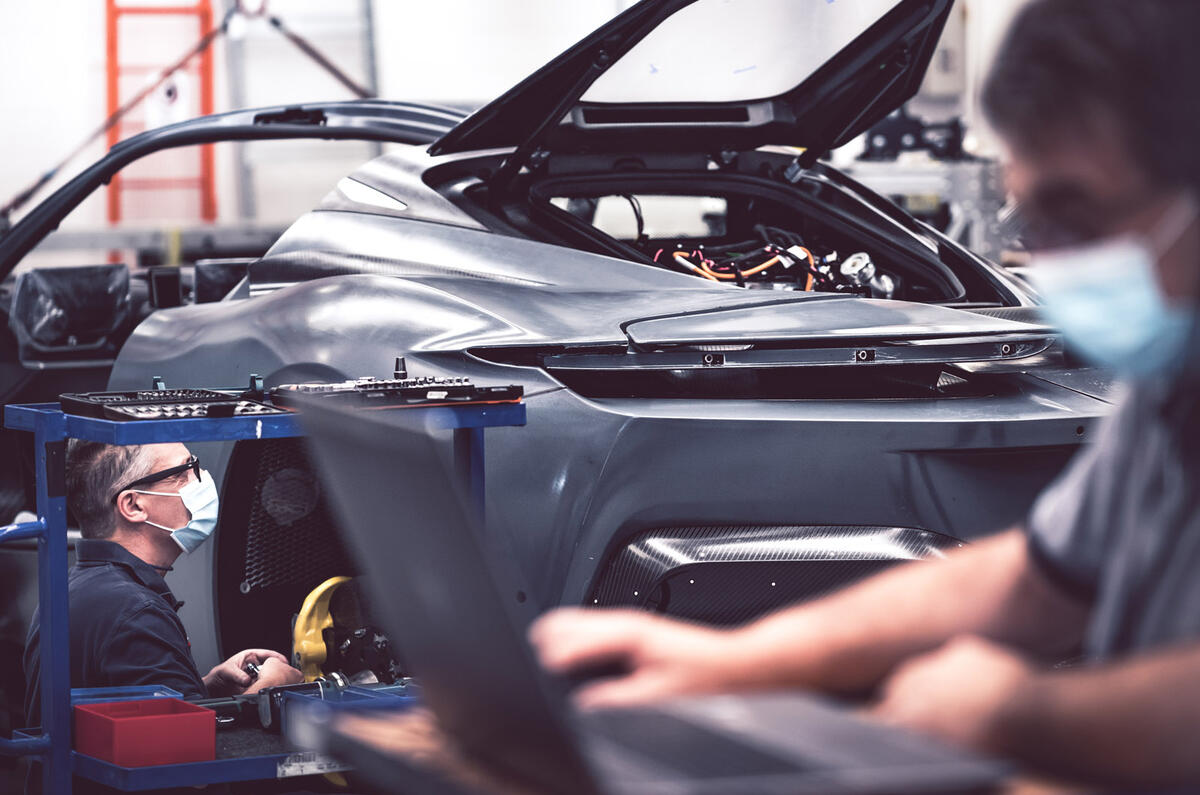
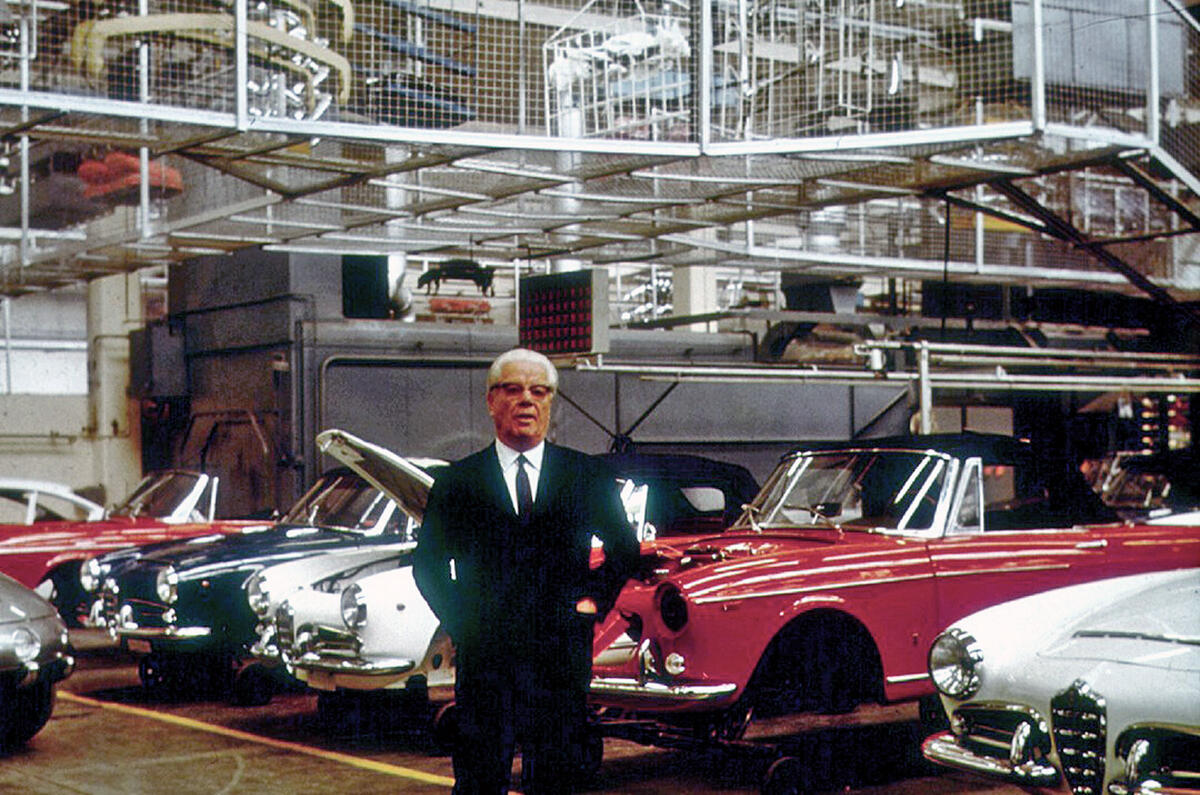
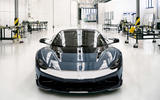
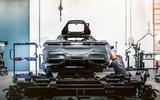
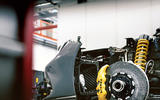

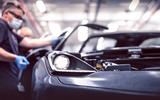
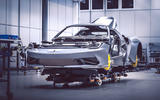
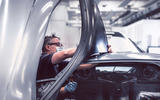
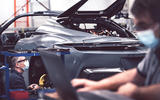
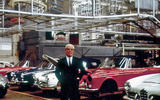

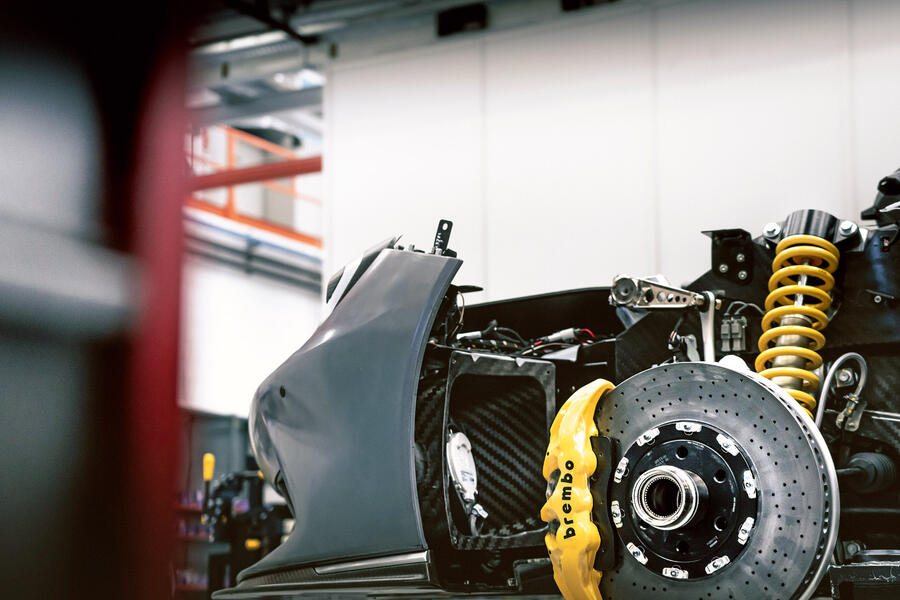
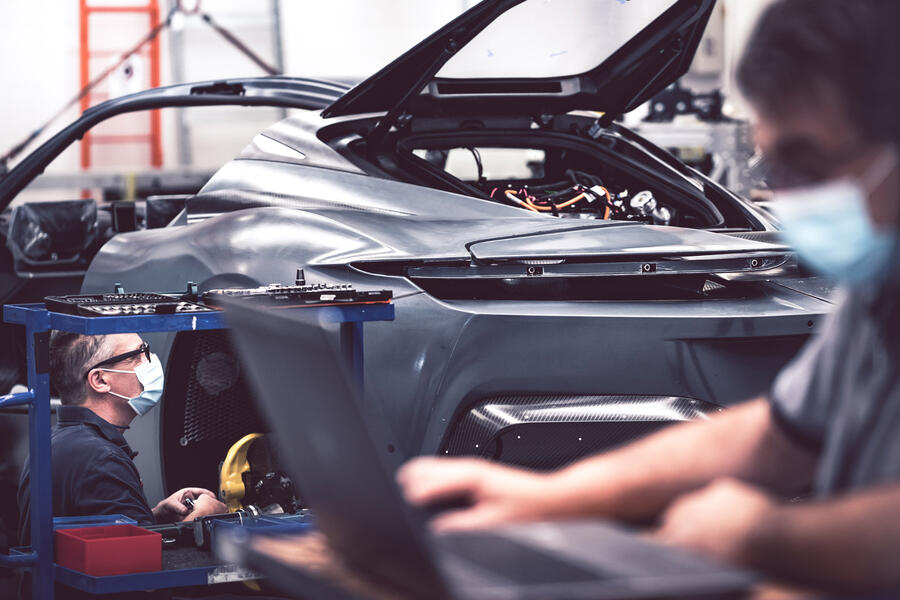
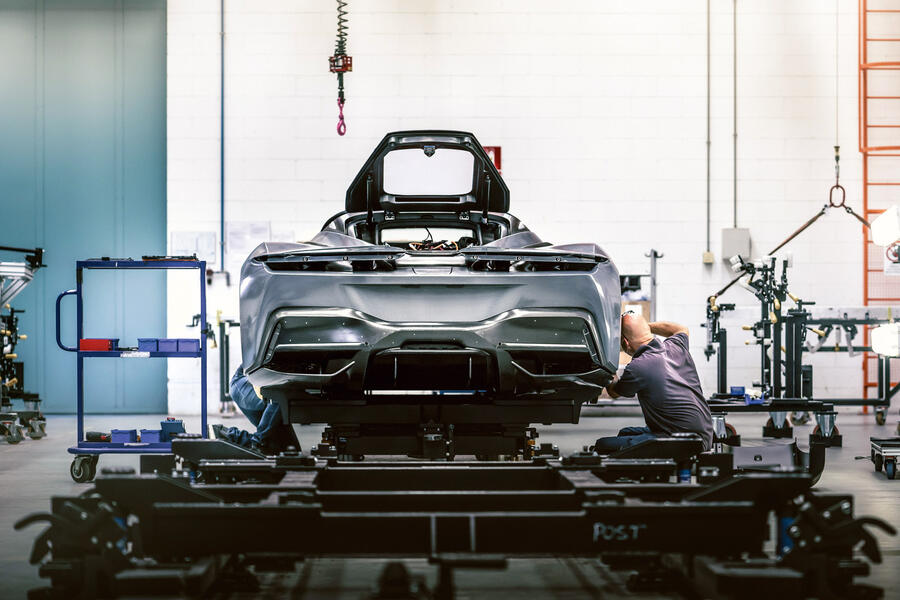
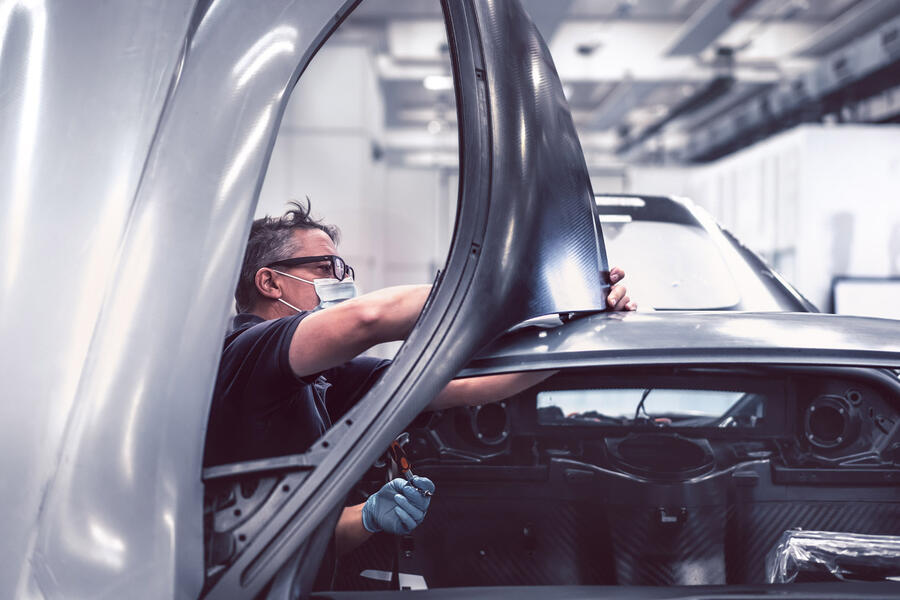
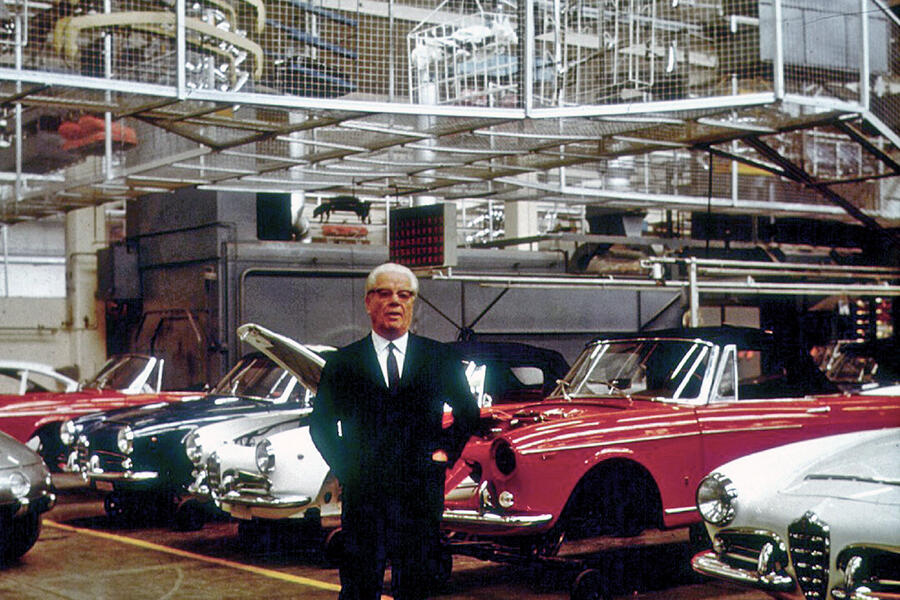

Add your comment